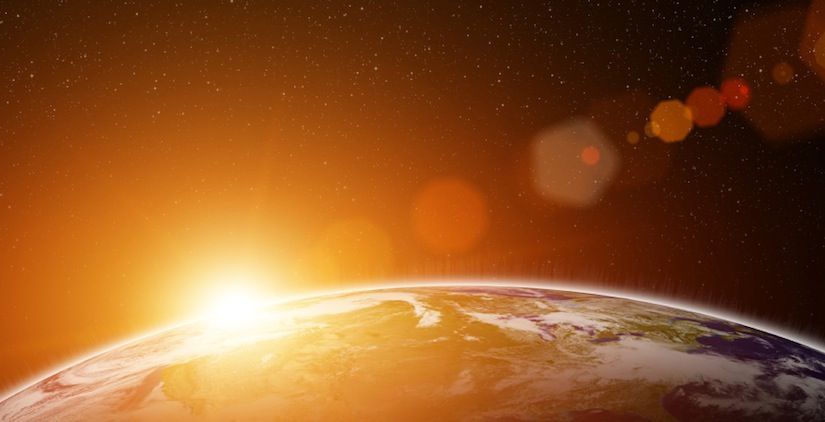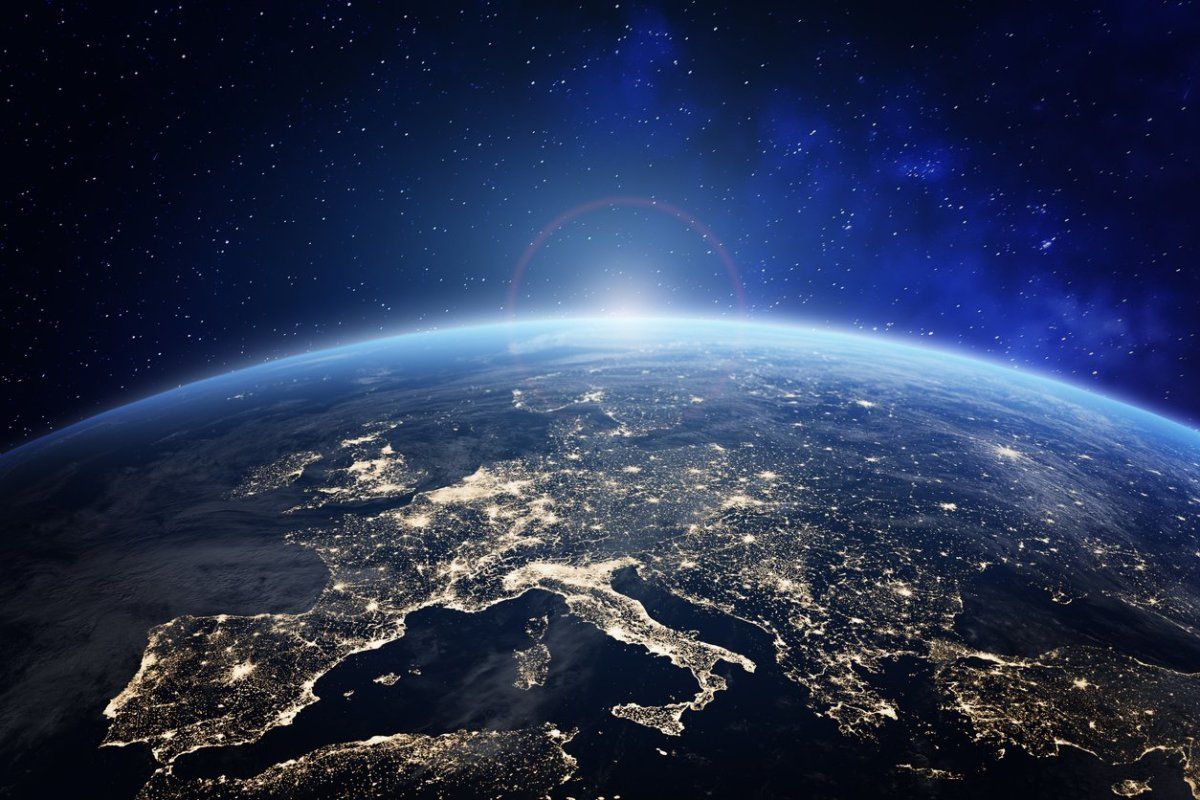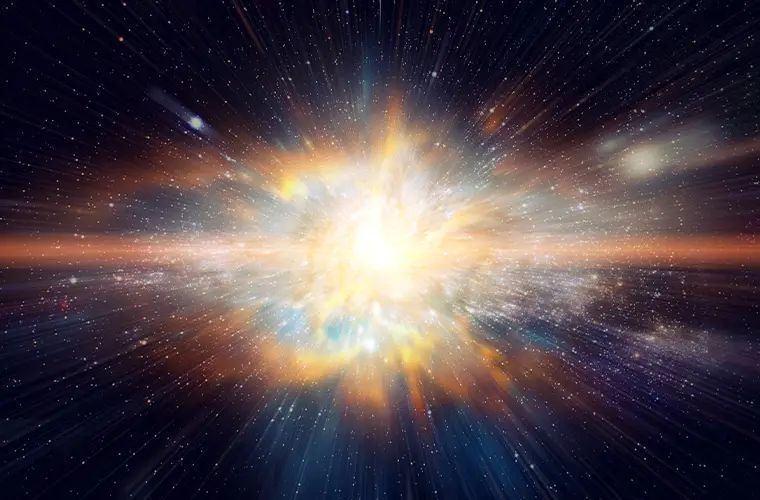Examining Charles Darwin and the start of the evolutionary theory
Examining Charles Darwin and the start of the evolutionary theory
So where did the theory of evolution begin and who even started the idea anyway? For that, we need to take a look back at 1835 when a man by the name of Charles Darwin boarded the S.S. Beagle and set sail towards the Galapagos islands.
Being raised in an Anglican family, Charles Darwin’s father Erasmus had set Charles up to go to Cambridge University in preparation to become a priest. During his time at Cambridge, Charles began to develop an interest in natural science particularly in botany and geology. Shortly after he graduated, he traveled with a captain by the name of Robert FitzRoy and together they set sail on a voyage to the Galapagos Islands on a mission to survey the South American coast. Robert Fitzroy needed a naturalist to accompany him on the voyage and since he was friends with Darwin he asked him if he would come along with him on this 5 year voyage. On their way to the Islands, Darwin was reading a book by Charles Lyell named “Principles of Geology” which argued that the Earth's surface was shaped by gradual geological processes over millions of years instead of a global flood. Darwin being a lover of Geology, began to agree with the ideas presented in the book and began to take more of a naturalistic view of the world.
When they finally reached the islands, Darwin began to study the different varieties of finches and tortoises that were native to the islands and began writing his theories. He observed that the finches that were on the islands were slightly different from each other in the way that their beaks and claws were shaped differently or bigger/smaller than the others, and that some of the tortoises had longer necks than others in order to reach different fruit. Darwin took note of this and began writing his theories for evolution that he would later compose into his book “On the Origin of Species.” He claimed that since these finches and tortoises were slightly different from each other than that must mean they are slowly evolving and changing into a different kind of animal in order to survive their environment. While it’s true that animals adapt to survive their environments, such as in the case of freshwater fish slowly adapting to saltwater or animals like dogs/cows growing thicker fur in order to survive a colder climate, the notion that the animal is slowly changing to become another animal is baseless and unscientific. These were just slightly different variations of the same animal God had created.
Evolution is basically split into two separate categories called macro evolution and micro evolution. The difference is that we can actually observe micro evolution happening in the wild and is a completely normal part of nature and the way God programmed the animals to be able to survive their climates. A famous example of this is in the case of the peppered moth. These insects have bright colored wings in order to blend in with lichen trees and stay safe from predators but during the industrial revolution when coal burning factories were prevalent, these animals wings began to darken naturally in order to blend in with the now darkened enviroment. Over time when the smog in the air was easing up, the moths’ wings began to revert to their initial color. But in the end, it was still a moth… it didn’t change into a different animal to be able to survive the environment. This is an example of what’s called natural selection which means “the process whereby organisms better adapted to their environment tend to survive and produce more offspring.” This again, is observable science and completely undeniable. God in his infinite wisdom created the animals to be able to adapt and survive their environments. What’s unscientific is the evolutionist's claim started by Charles Darwin that animals will slowly evolve and change into a different animal to be able to survive. Nobody has ever in human history witnessed this phenomenon happen but it’s what the whole crux of evolutionary theory is based upon. Something I’ve always wondered is “if we all evolved from monkeys supposedly then, why are there still monkeys?” Evolution teaches that inferior species die out and bring about ones that can survive their environment, but we have 264 different kinds of monkeys around the world that are all different from each other but are uniquely suited to be able to survive their environment. All coming from the same common ancestor which was on the ark. The same is true for dogs, cows, birds and many different animals. We have variants of these species but in the end, its still the same kind of animal. In Genesis chapter 1 the phrase “after their kind” or “according to their kind” is used 10 times regarding animals, herb bearing seeds, and humans. Corn has always produced corn, whales have always given birth to whales, and humans have of course, always given birth to humans…
After Charles Darwin and Robert FitzRoy finished their expedition to the islands, he began writing his famous book and would unfortunately later become the primary kickstarter for the evolutionary theory which is based upon assumptions and most of the time on outright lies. During his travels and for most of his life, Darwin identified as Agnostic claiming "In my most extreme fluctuations I have never been an atheist in the sense of denying the existence of a God. — I think that generally (& more and more so as I grow older) but not always, that an agnostic would be the most correct description of my state of mind". It is rumored however by a woman named Lady Hope who visited him during his final days claimed that Darwin had ended up turning back to Christianity but there’s no way to know if this is true or not. It is known however, that his wife Emma was a devout Christian.


